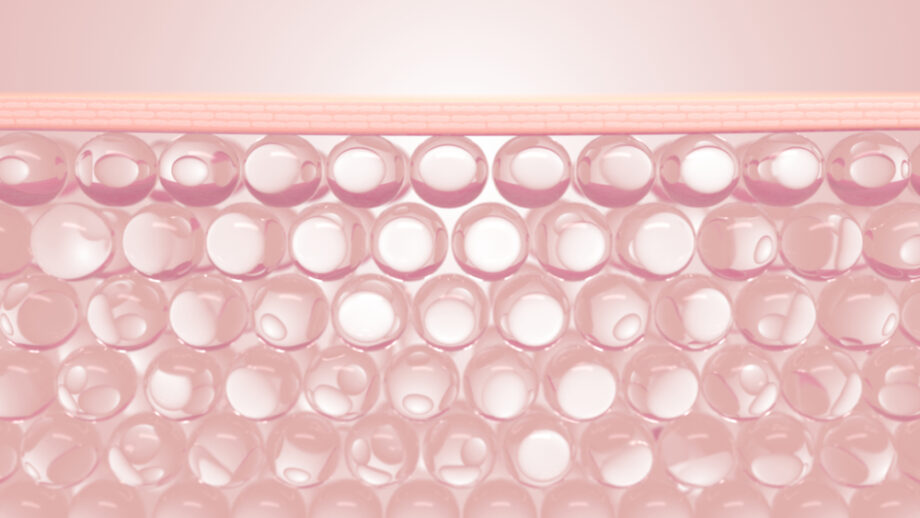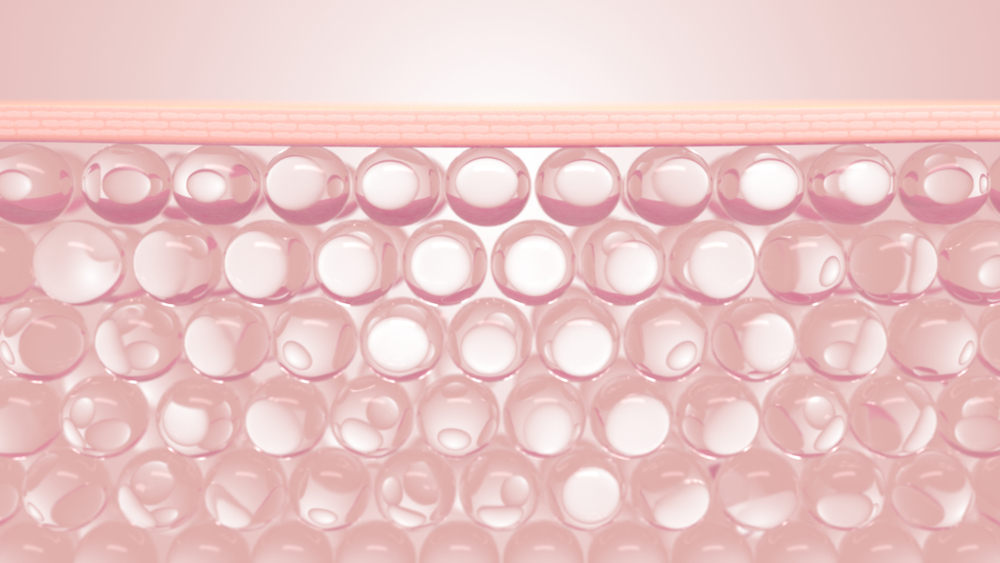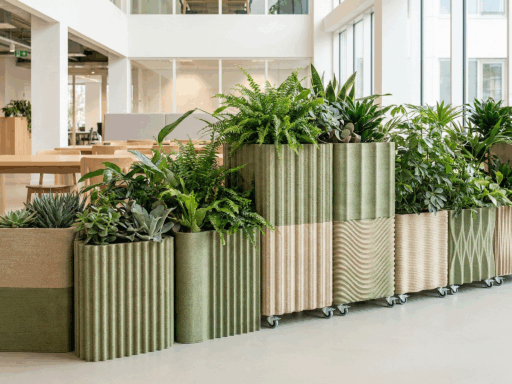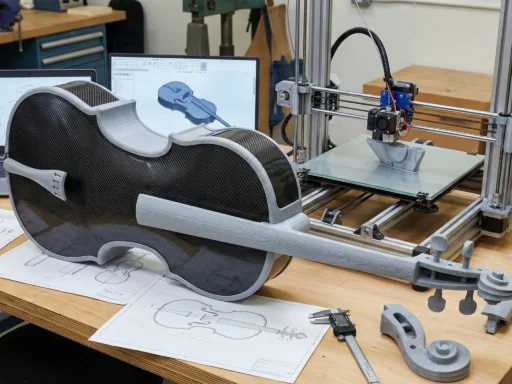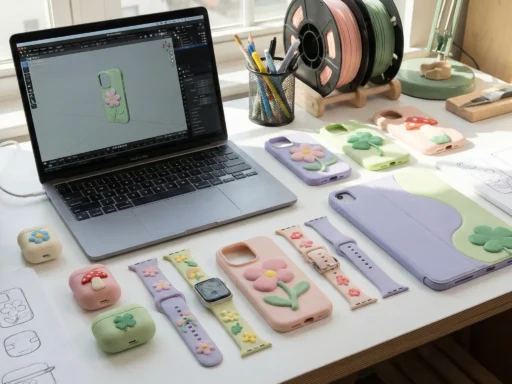A research team at UW Medicine and the University of Washington has developed a novel 3D-printed device that is set to transform human tissue modeling. Known as the Suspended Tissue Open Microfluidic Patterning (STOMP) device, it enables scientists to engineer complex tissue environments with control and precision like never before.
Roughly the size of a fingertip, STOMP integrates effortlessly with existing tissue-engineering systems. It enhances an established technique known as casting, similar to molding Jell-O, by utilizing capillary action to distribute cell-laden gels into specific patterns. This innovation allows researchers to model intricate biological interfaces, such as the boundary between bone and ligament or between diseased and healthy heart tissue.
“This method opens new possibilities for tissue engineering and cell signaling research,” said Ashleigh Theberge, professor of chemistry at UW and co-lead of the project. The interdisciplinary team’s second leader is Nate Sniadecki, professor of mechanical engineering and interim co-director of the UW Medicine Institute for Stem Cell and Regenerative Medicine.
The team highlighted STOMP’s capabilities in two key experiments: one modeling the contractile behavior of engineered heart tissue and another replicating the ligament-to-bone connection in the jaw. The device’s microfluidic features allow for easy customization, demanding no extra equipment. With the help of DeForest Research Group the team added degradable walls, letting scientists remove the frame while keeping the tissue intact. “Not every cell is super strong, and not every biomaterial can get remodeled like that,” explained Sniadecki. “That kind of nonstick quality gave us more versatility.”
Supported by the National Institutes of Health, University of Washington, and multiple research foundations, the project is detailed in a recent Advanced Science. The study describes how the device fabricates suspended tissues between freestanding posts, a technique that is already used to mimic environments for heart, lung, skin, and musculoskeletal cells. STOMP goes even further by enabling distinct, spatially organized tissue zones, facilitating studies on complex diseases like neuromuscular disorders.
